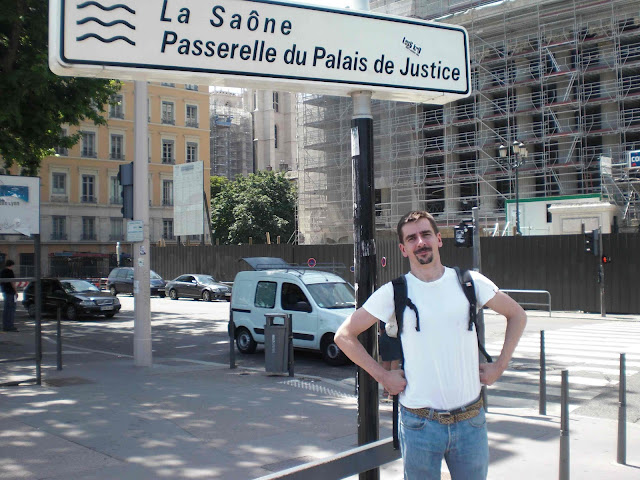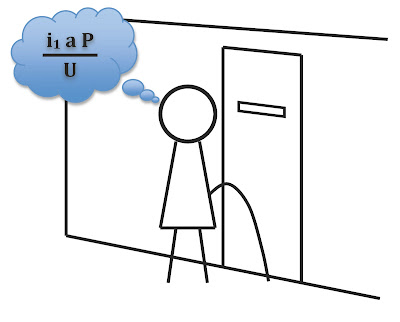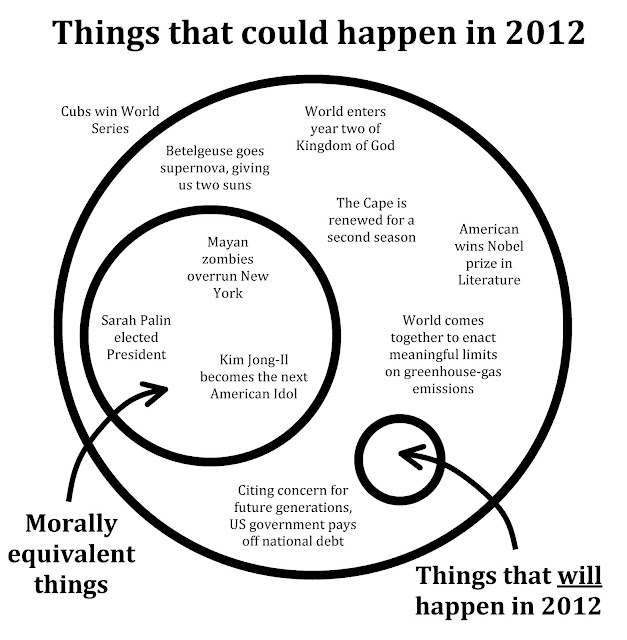So, welcome to the first Egypt Week edition of Lost in Transcription. We’re going to kick it off with an anthropology paper that uses a cross-cultural approach to study the origins of human punishment and cooperation.
If you’re not familiar with this vein of research, let me set the stage for you. The “problem” of cooperation when people talk about it in anthropology, biology, and economics is this. If you take a super naive view of natural selection, it would say that we should have evolved to ruthlessly pursue our own self interest. In particular, if we have an opportunity to cheat and get away with it, the logic of self interest suggests that we should. From this perspective, the whole idea of successfully engaging in collective action seems absurd.
Contrary to this naive expectation, we observe that people do forego opportunities to pursue their own narrow self interest, and the history of civilization is one of successful collective action on an enormous scale.
Of course, at some level, we know what the answer is.[1] Natural selection does not act only on the short-term self interest of the individual, but favors behaviors that enhance survival, reproduction, and the propagation of the genes carried by the individual. Those things are all affected by more that just who gets the biggest piece of the pie in a given interaction. Other factors that come in to play include selection on kin or social groups, the establishment and enforcement of social norms, and systems of reward, punishment, and reputation.
So, much of the work in this field focuses on trying to figure out which among these various effects has played the greatest role in the origin of the enormous capacity for cooperation that underlies all human societies.
This paper uses a standard set of experimental protocols, applied to twelve societies that differ enormously in size and complexity of social organization. The societies studied span the range from the Hadza, hunter-gatherers from Tanzania, to the people of Accra, the capital city of Ghana. Each experiment is a two-player or three-player game in which the players make decisions that determine how money is distributed. The goal here is to measure the degree of “altruism” in each society, the degree of “second-party” punishment (how willing are people to punish someone who is not generous to them), and the degree of “third-party” punishment (how willing are people to punish someone who is not generous to someone else).
The first experiment used was the Dictator Game (DG), in which the experimenter provides Player 1 with an allotment of money, and Player 1 determines how that money will be divided between themselves and Player 2. The game is played once, and is played anonymously, so there is nothing to stop Player 1 from offering nothing to Player 2. This experiment establishes a baseline level of cooperation or altruism, quantified by the average proportion of the money that Player 2 receives.
The second experiment is the Ultimatum Game (UG). This is like the Dictator Game, but Player 1 proposes a division of the allotment of money, and Player 2 can either accept or reject this proposal. If Player 2 rejects, both players walk away with nothing. This measures the willingness to punish ungenerous individuals who make low offers. Note that for any non-zero offer, Player 2 actually has to give up money in order to punish Player 1, making this a “spiteful” form of punishment.
The third experiment is the Dictator Game, but involves a third player, who receives an allotment of money from the experimenter. After Player 1 determines how the primary allotment will be divided between him/herself and Player 2, this third player has the option of paying back a portion of their allotment in order to have three times that amount taken away from Player 1. This again measures the willingness to punish an ungenerous offer, but this time the punishment is “altruistic” rather than “spiteful,” since the punisher was not actually the one who suffered the ungenerous offer.
A few general patterns emerged from this set of experiments.
(1) Small-scale societies were less generous (Player 1 made lower offers) across all three games compared with larger societies.
(2) Second-party punishment was observed at similar rates across all societies. Thus, in the small-scale societies, individuals “expect to get a fair share even when they do not want to give a fair share.”
(3) Third-party punishment was much more common in larger societies. And, in fact, in those larger societies, third-party, “altruistic” punishment occurred more often than “spiteful” second-party punishment.
Taken together, what these patterns support the idea that human cooperation may have emerged first in the context of spiteful punishment, rather than through altruistic or community-oriented enforcement of social norms. They suggest that third-party punishment arises only with the establishment of more complex societies. In particular, once a society exceeds a certain size, it becomes difficult to keep track of individual reputations. In such groups, collective-action problems require the existence of institutions that promote and reward third-party punishment.
Peace be upon you.
Marlowe, F., Berbesque, J., Barrett, C., Bolyanatz, A., Gurven, M., & Tracer, D. (2010). The ‘spiteful’ origins of human cooperation Proceedings of the Royal Society B: Biological Sciences DOI: 10.1098/rspb.2010.2342 [2]
––––––––––––––––––––––––––––––––––––––––––––––––––––––––––––––
[1] Editorial note: This is a version of the answer that comes up again and again in science. The world is a complicated place. We (scientists) come in and try to describe it using a really simple model. Then we feign surprise that the simple model does not adequately describe the behavior of the system that we are supposedly modeling. We declare that there is a paradox and build a field around resolving it. This is all fine, as it is just the way that science works, but it is worth remembering that many of the “problems” in science are really artifacts of simplistic models that have achieved an iconic status.
[2] Disclosure: Frank Marlowe, who is the first author on this paper, is a friend, and we have written a paper together on the genetic and ethnographic evidence regarding sex-biased migration in humans.








